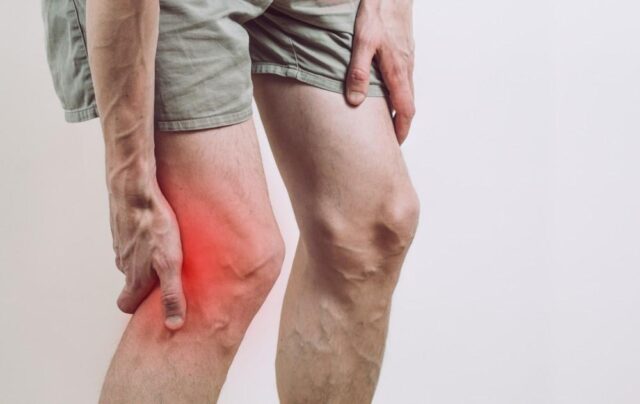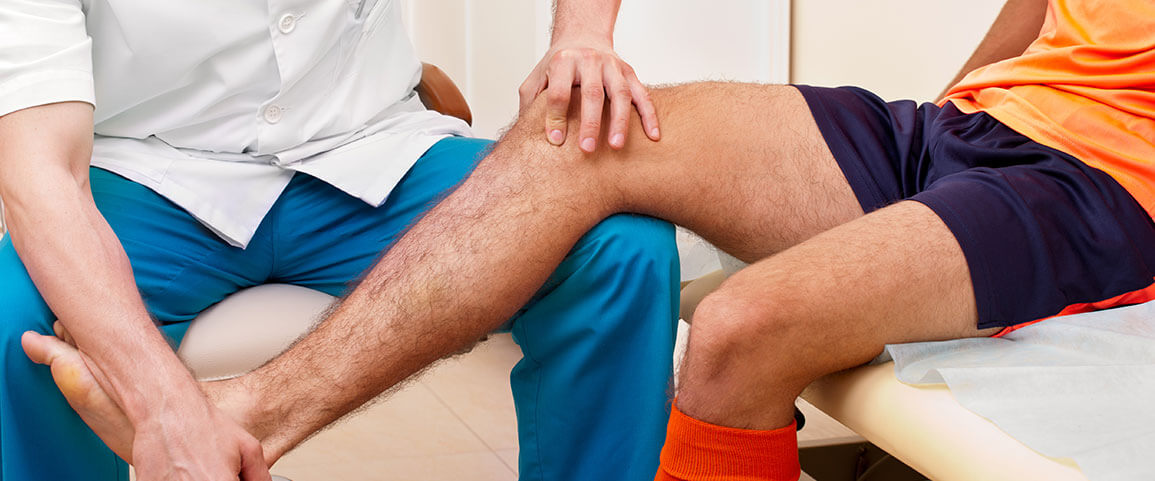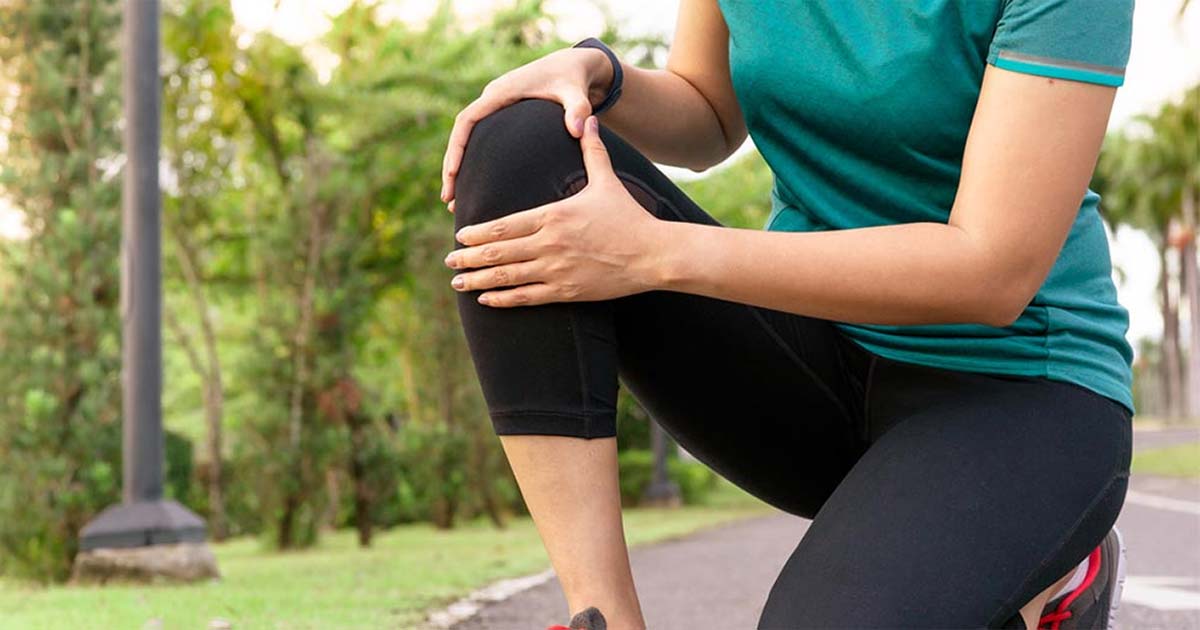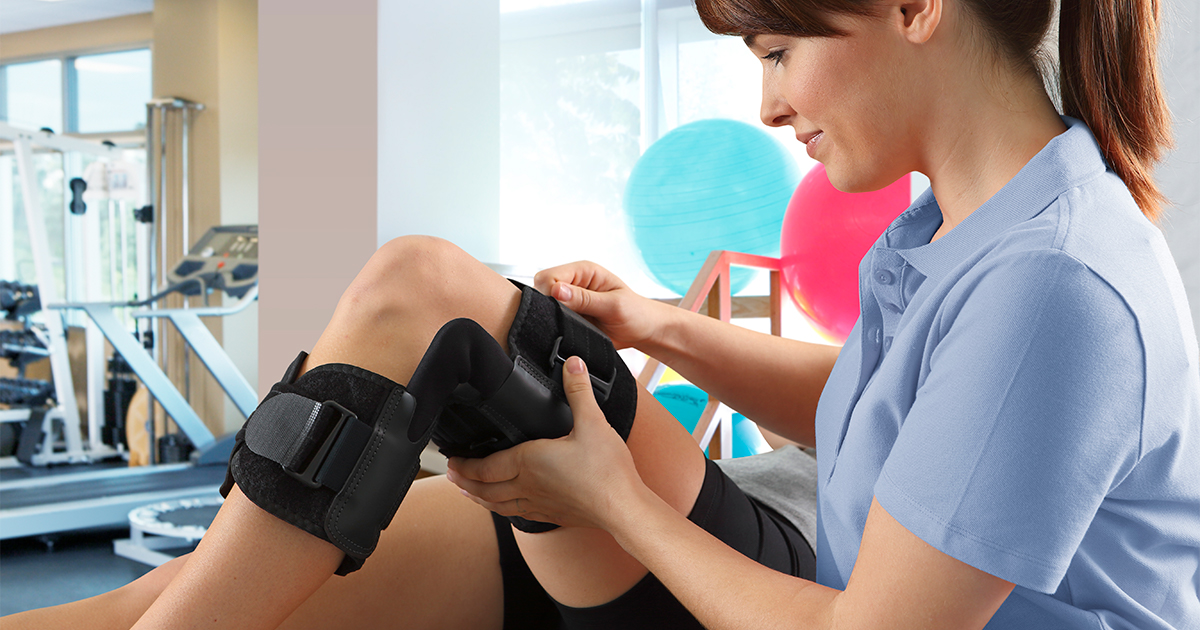
Many people experience a meniscus injury and are not aware of their options when it comes to care. Knee pain can be debilitating and interfere with daily activities, from walking to running or even standing for long periods.
In this article, we will discuss the various ways in which you can take care of your knees after sustaining a meniscus injury, including lifestyle changes and medical treatments.
We will also provide tips on how to prevent future knee injuries by maintaining good posture and exercising regularly.
By following these steps, you may be able to reduce your risk of developing further complications associated with meniscal tears or other knee conditions.
Page Contents
Physiology of Meniscus

The human meniscus is a semicircular cartilage found in the knee joint of all humans. It provides cushioning and stability to the knee, as well as acting as a shock absorber during movement.
A meniscal injury can range from minor tears to complete ruptures, with varying degrees of pain and swelling depending on the severity of the tear. To fully understand how best to take care of your knees after a meniscus injury, it is important to first gain an understanding of its physiology.
The two main components that make up the structure of a healthy human meniscus are collagen fibers and proteoglycans. The collagen fibers provide strength while proteoglycans give elasticity by absorbing lubricating fluids within their molecular structure which also helps in providing cushioning for the joint surface.
These components work together allowing for smooth articulation between bones when we move our legs or perform activities such as running or jumping. Furthermore, due to its curved shape, it assists in distributing weight equally across both sides of our kneecap, therefore, aiding balance and stability when we walk or stand upright.
Without proper care following a tear, further damage can be done if not treated correctly leading to osteoarthritis down the line; thus understanding how this crucial component works is key for taking good care post-injury!
Treating a Meniscus Injury

Treating a meniscus injury can be an important step in recovering from the injury and regaining strength and mobility.
Depending on the severity of the injury, there are several treatment options available for those who have suffered a meniscal tear or other related knee issue.
Non-surgical treatments such as rest, physical therapy, braces, and medications may help reduce inflammation and pain while strengthening muscles to support overall knee health.
For more severe cases that require surgery, arthroscopic repair is often used to make small incisions to remove damaged tissue or repair tears while preserving as much healthy tissue as possible.
In some cases, where there has been extensive damage done to the ligaments or cartilage surrounding the joint, open surgical techniques may be necessary.
No matter what type of treatment option is chosen after a meniscus injury it will likely involve some combination of restorative activities designed to strengthen supporting muscles so that they can bear weight properly once again.
Additionally following any prescribed exercises for range of motion and flexibility should play an important role in helping individuals return to their daily activity levels with minimal discomfort from their injuries.
Prevention Strategies for Knee Health

Preventing knee injury is an important step to maintaining overall health and mobility. To protect your knees, it is recommended to practice good posture, stretch regularly, and strengthen the muscles around the joint with exercises such as squats, leg presses, calf raises, and hamstring curls.
Shoes with cushioning soles can provide extra protection from shock absorption during activities like running or jumping while avoiding shoes that are worn down or have inadequate arch support may help reduce further strain on the joints.
To avoid falls which may cause more damage to already weakened joints due to elderly age or preexisting conditions such as arthritis/osteoporosis; grab bars in entranceways of bathrooms and showers should be installed for additional stability when getting up & down; railings along staircases should also be added where necessary; clutter from floors must always be removed; non-skid rugs used on hardwood surfaces; electrical cords out of walkways at all times & heavy objects carried up/down stairs whenever possible etc.
Taking these steps now could save you time & money in the future by preventing any trips back to the doctor’s office!
Conclusion

In conclusion, meniscus tears can be painful and debilitating injuries that require medical attention. Rehabilitation and physical therapy are essential components of recovery, especially after a meniscus repair to help strengthen the affected area.
Taking proper care of your knees by engaging in low-impact activities such as biking or swimming, stretching regularly, and avoiding high-impact sports can lower your risk for further injury or damage to the knee joint.
With dedication and persistence, you can return to a healthy lifestyle following a meniscus tear injury.































